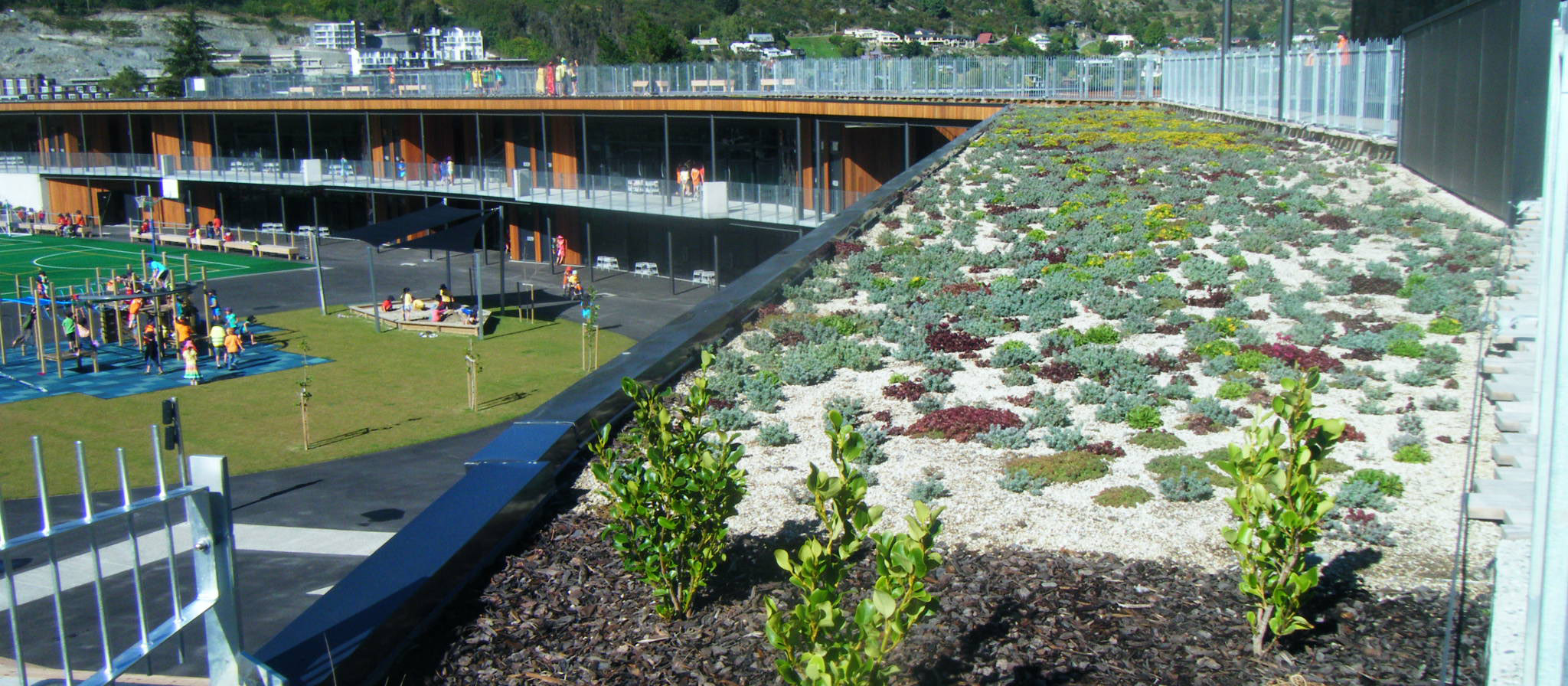
Greening our cities: from the rooftops
Written by ArchiPro Editorial Team
When combined with a warm roof system, green roofs help to maintain a stable roof temperature, and reduce the amount of stormwater runoff leaving a building in a weather event.
“It’s the environmental impact of green roofs that is the most significant factor and where their real benefits lie though,” Equus’ Rob Roxburgh says. “If you think about a green roof, if it covers the entire roofspan, it is effectively replacing the greenery that the building’s footprint removed, and reinstating it at a different elevation.
“In our biggest cities and those around the world, there are a huge amount of people looking to design green roofs into their buildings, both for the environmental benefits, and for people to enjoy.”
The most common installments of green roofs in New Zealand are on commercial buildings, and the way they are being designed pays homage to a deep-rooted desire to connect with nature.

“People are using green roofs as spaces for office workers to leave their work areas and enjoy their lunch amongst greenery; schools are using green roofs as learning spaces. There are so many ways to create, and enjoy the benefits of, green roof designs.”
Equus specialises in waterproofing and roof systems, as well as green roofs, and offers three types of green roof to their clients.
Depending on the type of planting desired, a green roof will require differing structural systems to accommodate different species, with everything from grasses to large trees able to be grown on a rooftop.



The most commonly used type of green roof requires minimal structural elements and only small amounts of soil. Equus call this an extensive green roof. It, like each of Equus’ green roofs, needs to be installed over our De Boer Duo torch-on membrane, which has root retardant within it. Extensive green roofs aren’t designed for people to use, and are only accessible for inspection and maintenance, of which they require very little. “This is the most economical solution for a green roof, and can be created on wood, metal and concrete roofs,” Rob says.
A step up from an extensive green roof is a simple intensive green roof, which can accommodate light planting and small shrubs, but is still designed primarily for aesthetic purposes.



The next step, and top level of green roof, is designed to accommodate everything from small shrubs to large trees. “It is comparable to a garden on the ground, and can incorporate everything from large trees to water features.” These top-of-the-line green roofs can require up to a metre of soil, and significant structural elements but can create stunning places for people to enjoy.
“One of our projects in Queenstown where we did one of these roofs was a primary school. It’s quite an amazing design where you actually enter the school by walking through the green roof, and then down into the main area where the classrooms are. They use the roof as a learning tool,” Rob says.
And they’re something that are on the rise, with Rob estimating around 20 percent of the flat roofs they do are now being combined with some form of green roof in commercial builds. In the residential sector, their most common use at the moment is on top of garaging adjoined to homes. “People are using the roof of their garaging as another outdoor living area, complete with seating, planting and even water features.”
If you’re after some inspiration and a new way of looking at what a roof can offer in regards to design, contact your local Equus Representative to see what can be achieved.


